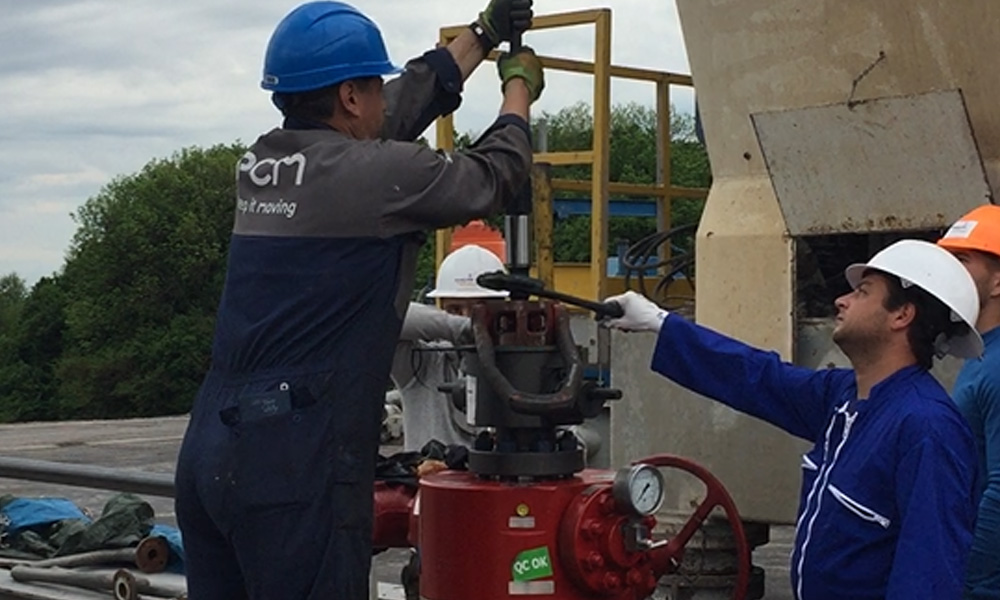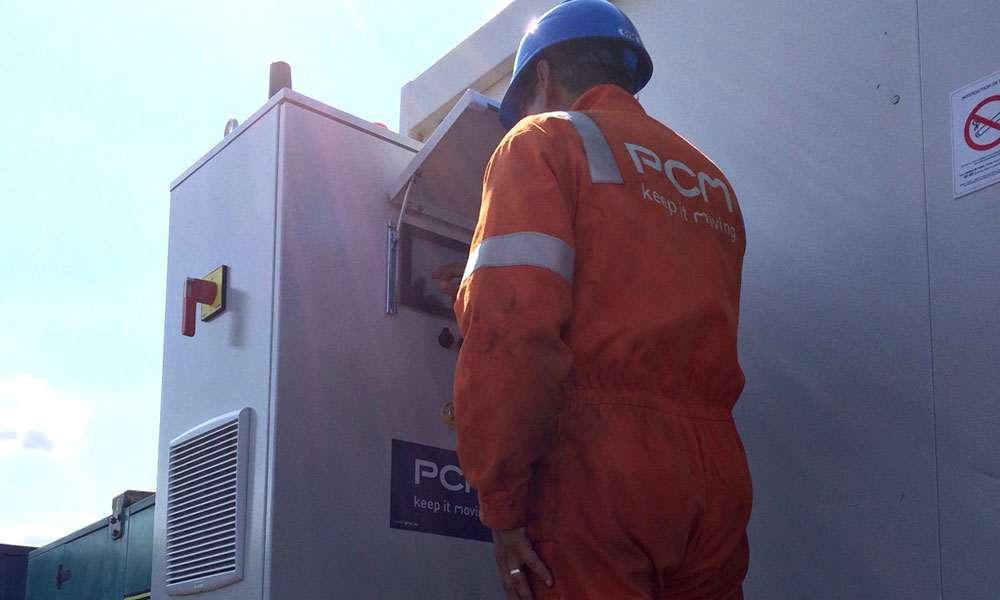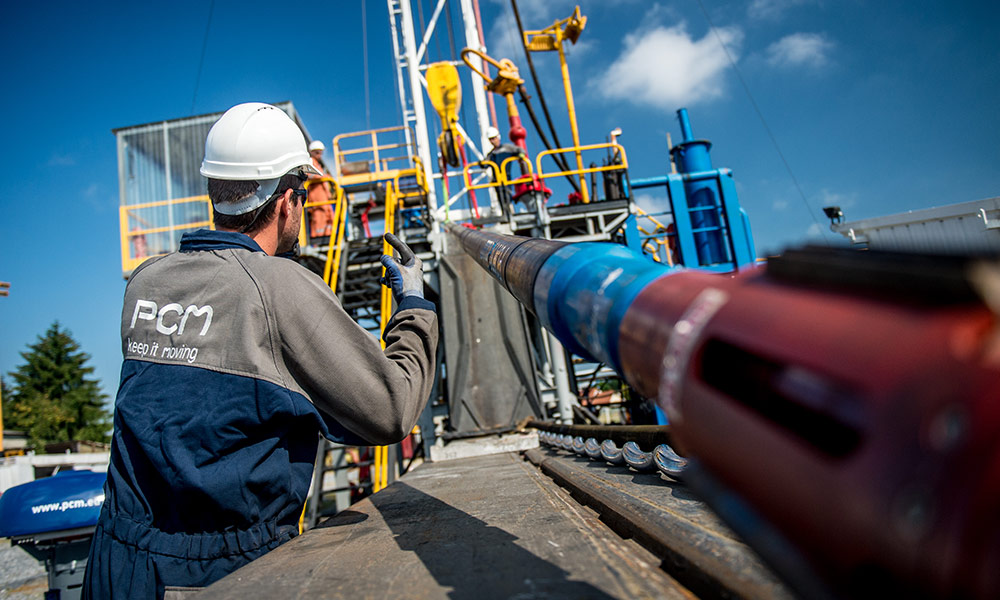Install and start up my well
Once the PCP well design is complete with optimized selection, proper PCP well installation and onsite support will secure your OPEX.
To limit rig intervention, get prepared by anticipating PCP specifics and securing PCP basics during work over. PCM accompanies its customers before, during and after PCP well installation.

Installation
Secure PCP specifications:
- Space Out: too low, but also too high, space out will lead to premature failure of PCP system. Space out (calculation and implementation) is the key activity of PCP installation.
- Sucker rod tightening: sucker rod failure represent probably 30% of PCP system failure. Even if it’s time consuming, don’t neglect strict and regular control of tightening torque during Run In Hole.
- Drive Head installation: use proper procedure and simple tools to avoid bent polished rod, damage sealing, clamp slippage and belt & pulley misalignment
- VSD parameters: Speed and torque of rod string are the key parameters to properly drive and optimize a PCP at VSD. To do so, make sure speed reduction ratio (belt/pulleys or gear box) is properly set, the basic to properly monitor and optimize your equipment.
Start up
How to reach the targeted production as fast as possible, without taking the risk of damaging PCP equipment?
Here are the keys to achieve a good start up:
- Start Slow : 100 rpm
- Measure often flow rate and fluid level, during the first 20 days (time to stabilize elastomer swelling and so PCP efficiency)
- Increase speed by 25rpm steps only, and increase more only when level and torque are stabilized at each step



